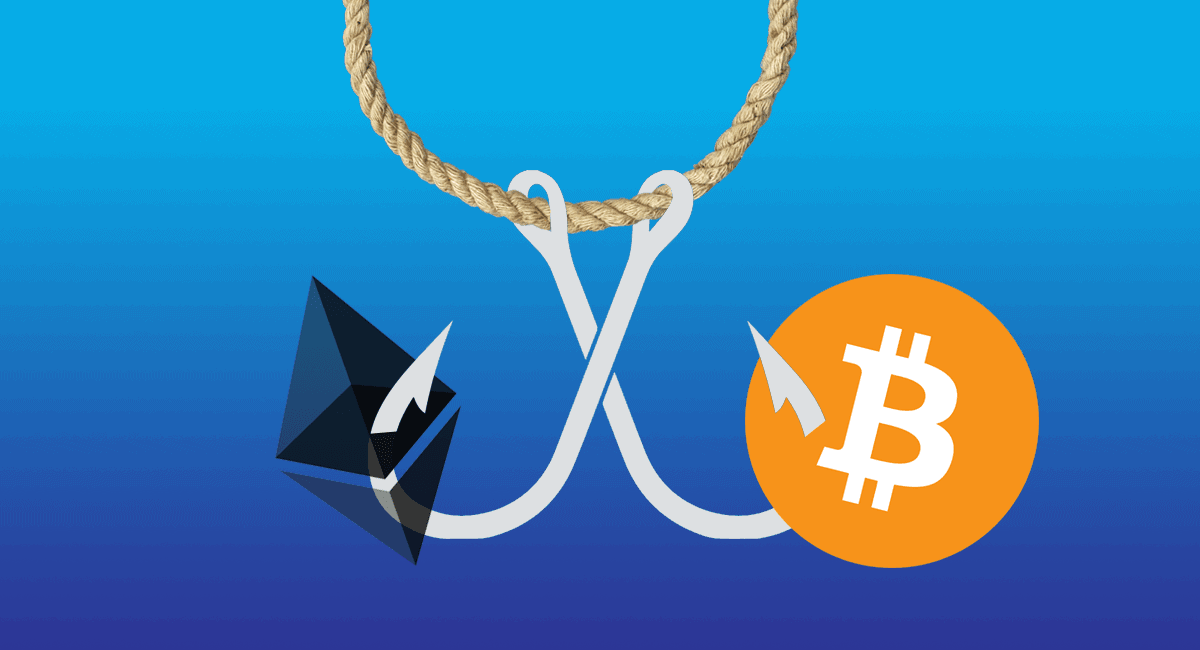Crypto
You are here: Home / News / New Framework Positions Ethereum As Digital Sovereign Asset

Key Takeaways:
- Sam Kazemian proposes a “commodity premium” model to properly value digital commodities like Ethereum and BTC, which is distinct from governance tokens.
- Treating ETH as an equity-like asset risks diminishing its unique value as a sovereign digital commodity.
- Kazemian plans to adopt this valuation model for Frax Finance, setting an example for other digital assets.
Sam Kazemian, founder of Frax Finance, unveiled a new valuation system aimed at reshaping how digital assets, particularly Layer 1 tokens, are perceived in the crypto space. According to Kazemian, the industry needs a fresh lens to assess “digital commodities” like Ethereum and Bitcoin, which are distinct from traditional governance tokens.
His framework challenges current valuation metrics that treat digital assets as equity-like instruments, emphasizing that commodities don’t generate dividends or cash flows by definition.
1/ I’m going to propose a completely new system for valuing digital commodities like L1 tokens/sovereign commodities vs gov/equity tokens.
This is very important for $ETH & the various L2 tokens/chains. It could remove the cloud over the $ETH asset once and for all.
🧵
— sam.frax (@samkazemian) October 27, 2024
Kazemian’s proposal centers on creating a “commodity premium” concept for digital assets. This premium would capture the demand for the asset, fueled by global economic activity and use cases like liquidity pools, staking, and Layer 2 (L2) protocols that incentivize ETH holders.
By adopting this framework, Kazemian hopes to clarify Ethereum’s status, positioning it not as a company asset with revenue but as a sovereign, scarce asset in itself, akin to digital gold.
Crypto Reestablishing Ethereum as a Sovereign Commodity
In his view, ETH’s identity as a digital commodity has blurred over time, as various stakeholders have treated it like a business token generating cash flows.
Kazemian argues that this misperception risks diluting the asset’s value over time, slowly pushing it towards an equity-based valuation framework, often applied to governance or equity tokens.
He claims this confusion undermines Ethereum’s true nature as a sovereign commodity, with most of its value derived from the commodity premium rather than any projected cash flows.
Kazemian highlights the importance of using a unique valuation metric—the commodity premium—to assess ETH’s true economic demand derived from its usage across various DeFi applications, L2 solutions, and staking mechanisms.
This approach avoids introducing potentially misleading metrics like PE ratio or discounted cash flow (DCF) to a commodity asset.
10/ Notice in the diagram there’s no PE DCF Premium in type 1, because it isn’t possible. Only equity-like tokens can have cash flows. What we think of as ‘dividends/buybacks/burns’ in type 1 assets are just commodity premium. Likewise, no commodity premium in equity tokens. pic.twitter.com/peJR2LC0bk
— sam.frax (@samkazemian) October 27, 2024
Crypto Looking Forward: A Blueprint for ETH and Beyond
Kazemian suggests that if the Ethereum community doesn’t act to reinforce ETH’s position as a commodity, its valuation may gradually shift, aligning more with traditional equity-like assets.
He stresses that the industry must adopt a unified approach to uphold the “commodity premium” framework for ETH and other Layer 1 tokens like Solana (SOL) as they mature.
However, Kazemian plans to take the lead by implementing this framework within Frax Finance’s Vision 2030 roadmap, aiming to conver

